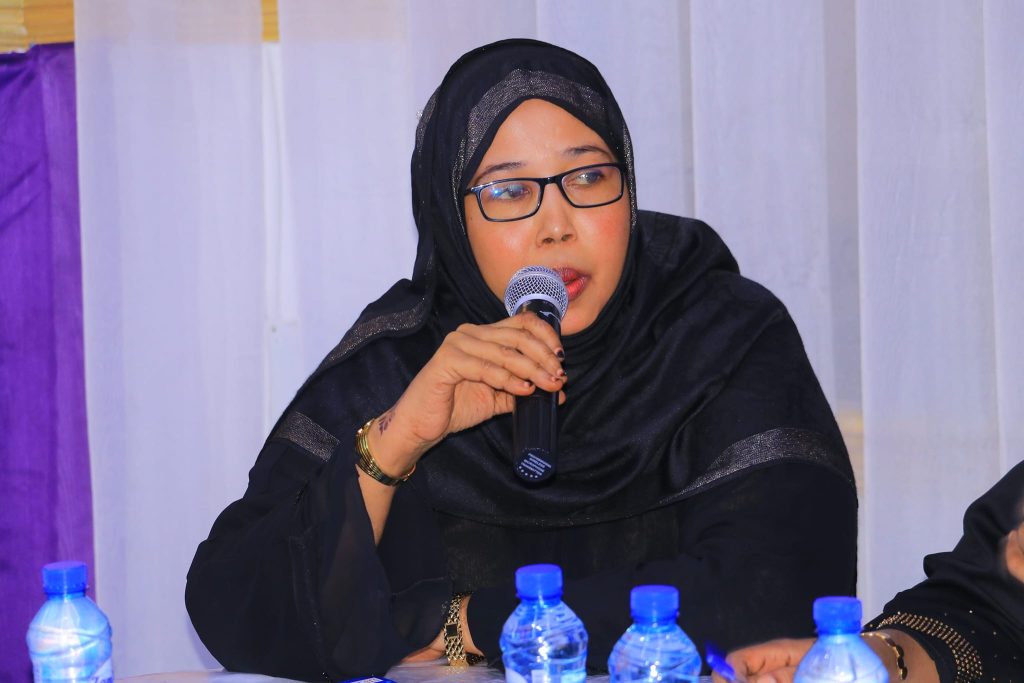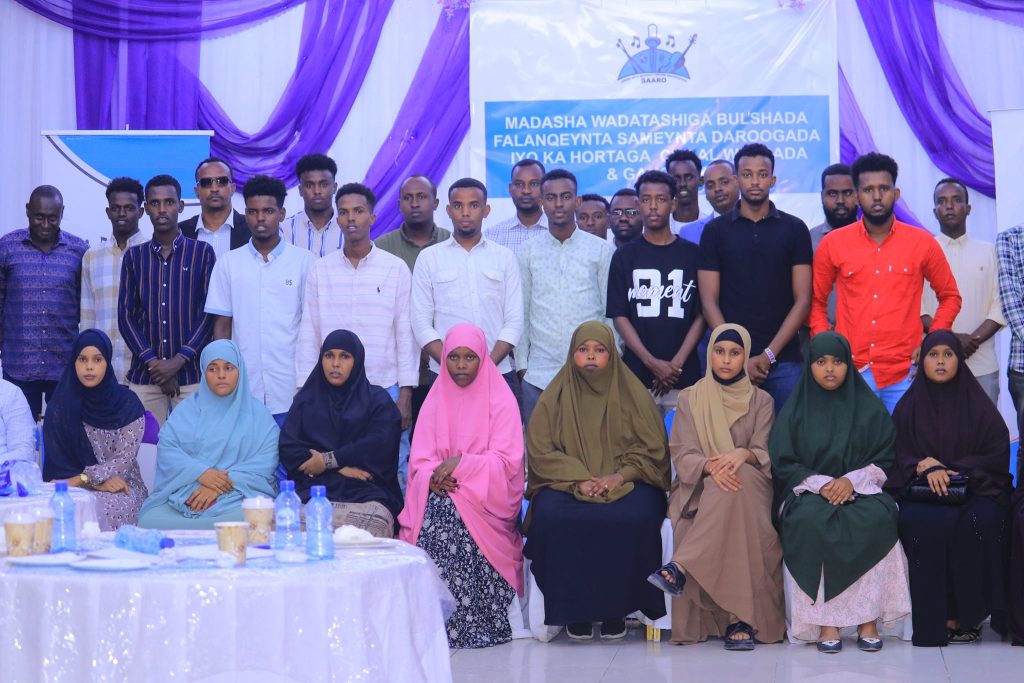- INTRODUCTION: THE CONVERGENCE OF ILLICIT POWER
Somalia’s strategic location on the Horn of Africa has made it a natural crossroads for trade and, concurrently, for sophisticated illicit economies. These are not isolated criminal activities but a deeply interconnected system that fuels and funds conflict. This report synthesizes the structures of Human Trafficking (TIP), Smuggling of Migrants (SOM), narcotics networks, and extortion rackets to reveal a self-sustaining ecosystem of illicit power, managed by a hybrid network of armed groups, criminal entrepreneurs, and complicit officials.
- HUMAN TRAFFICKING (TRAFFICKING IN PERSONS): THE ECONOMY OF EXPLOITATION
Human trafficking involves the exploitation of people through force, fraud, or coercion for the purpose of forced labor, sexual exploitation, or forced recruitment.
- 1. Primary Forms of Human Trafficking
- Forced Labor:Women and girls from rural areas are lured to urban centers like Mogadishu with promises of work, only to have their documents confiscated and be forced to work without pay under abusive conditions. Orphaned or displaced children are forced to work, beg, or are exploited by criminal networks.
- Sex Trafficking:Somali women and girls are trafficked within the country or to neighboring nations under the guise of domestic work or marriage. A major route exists to the Gulf States, where women are recruited for jobs but are forced into prostitution or exploitative labor upon arrival.
- Forced Recruitment by Armed Groups:Al-Shabaab is the primary perpetrator, systematically recruiting children to serve as soldiers, spies, porters, and sex slaves—a clear form of trafficking.
- 2. Key Trafficking Routes and Methods
- Recruitment:Fake employment agencies, fraudulent marriage proposals, and exploitation of trusted community members.
- Internal Routes:From rural areas (South West State, Jubaland) to major cities like Mogadishu and Kismayo.
- Transnational Routes:Direct flights from Mogadishu and Bosaso to the Middle East, or overland/sea routes to Kenya, Ethiopia, and Yemen.
- 3. Key Actors in Human Trafficking
- Corrupt Recruitment Agencies, Local and International Criminal Networks, Complicit Family/Community Members, Al-Shabaab.
- SMUGGLING OF MIGRANTS (SOM): THE PERILOUS QUEST FOR ASYLUM
While distinct from trafficking as a consensual transaction, the journey is so exploitative that the line frequently blurs.
- 1. Primary Drivers (Push Factors)
- Conflict, Violence, and Political Instability, Extreme Poverty, Climate Shocks, Family Reunification.
- 2. The Central Mediterranean Route to Europe
- Stage 1: The Eastern Leg – To Sudan.Travel from Somalia via Ethiopia.
- Stage 2: The Sahara Desert Crossing – To Libya.A perilous journey to Libya.
- Stage 3: The Libyan Ordeal – A State of Captivity.Migrants face systematic extortion, kidnapping, and forced labor.
- Stage 4: The Mediterranean Crossing.The final, lethal gamble on unseaworthy boats.
- 3. Key Actors in the Smuggling Network
- Local Recruiters, Transporters/Guides, Network Coordinators, Libyan Militias.
- NARCOTICS NETWORKS & TRAFFICKING ROUTES
Somalia primarily serves as a transit point in the global narcotics trade.
- 1. Key Substances
- Cocaine (from Latin America), Heroin (from Afghanistan/Pakistan), Cannabis & Methaqualone (for regional consumption).
- 2. Primary Trafficking Routes & Key Actors
- Routes:Maritime shipments via the unpatrolled coastline.
- Key Actors:International Criminal Syndicates, Local Somali Networks, Al-Shabaab (provides “protection” and taxes the trade).
- EXTORTION RACKETS & ILLICIT TAXATION
This is a systematized economy of coercion, deeply embedded in daily life and business.
- 1. Primary Methods and Targets
- Al-Shabaab’s “Zakat” (Islamic Tax):Road checkpoints, businesses, agriculture, telecoms.
- Government & Clan-Based Extortion:Port corruption, unauthorized checkpoints, kidnapping for ransom.
- RECRUITMENT PATTERNS OF AL-SHABAAB
The group’s recruitment is multifaceted, ensuring a steady supply of personnel.
- 1. Primary Recruitment Avenues
- Ideological & Clan-Based:Radicalizing disenfranchised youth and exploiting clan grievances.
- Coercion & Economic:Forced conscription, financial incentives ($100-$300/month), and blackmail.
- THE INTERCONNECTED WEB: THE SYNERGY OF ILLICIT POWER
These activities form a synergistic ecosystem. Revenue from narcotics and extortion funds armed groups, who then control territory and run further rackets. The same networks, routes, and corrupt officials are used to smuggle people, drugs, and other illicit goods. SAARO estimates this integrated illicit economy generates several hundred million dollars annually, forming the primary financial engine of conflict in Somalia.
- CONCLUSION: A SELF-SUSTAINING SYSTEM OF INSTABILITY
In Somalia, the lines between war, crime, and business are intentionally blurred. These networks are a core component of the war economy. Understanding this interconnected web is essential, as combating these atrocities requires a holistic strategy that targets the entire ecosystem—its finances, logistics, and leadership—rather than its individual components.




